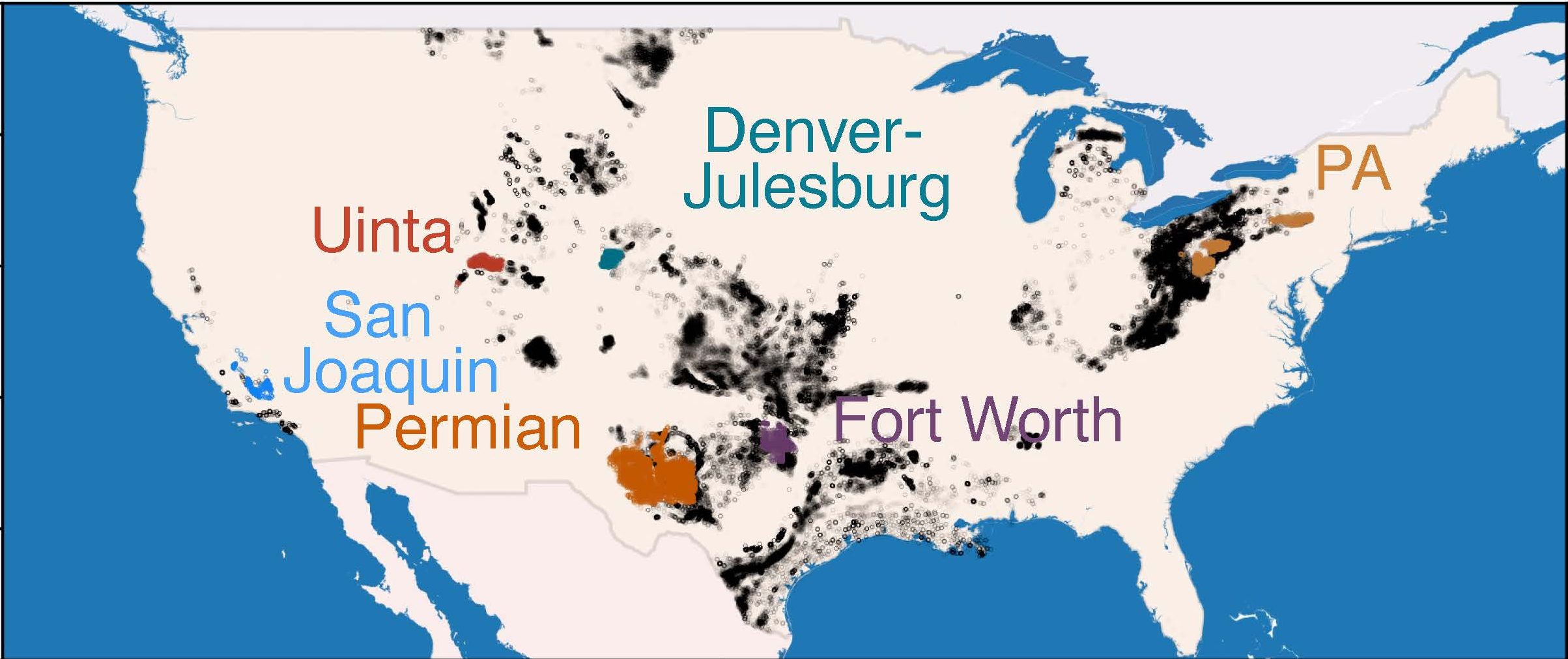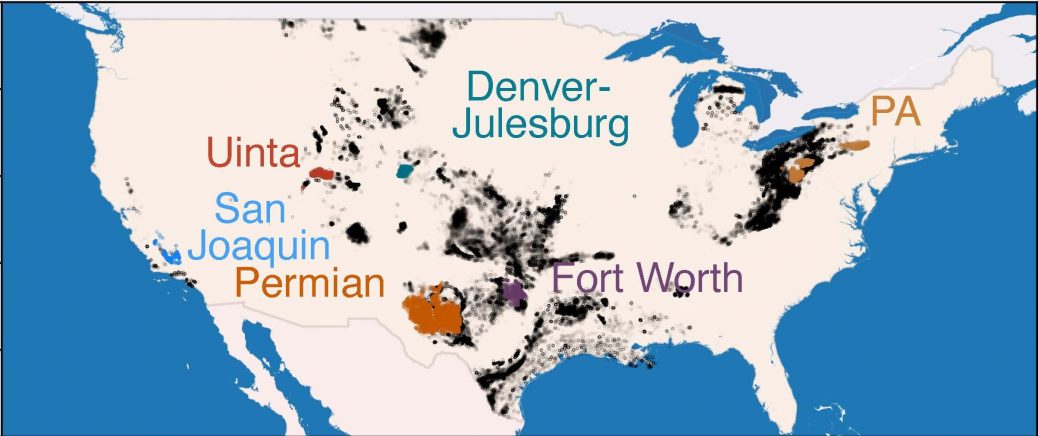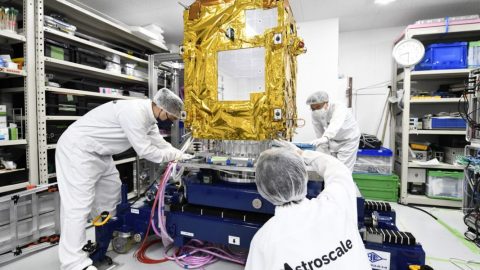Methane emissions are responsible for nearly a third of the total warming the planet has experienced so far. While there are natural sources of the greenhouse gas, including wetlands, human activities like agriculture and fossil-fuel production have dumped millions of metric tons of additional methane into the atmosphere. The concentration of methane has more than doubled over the past 200 years. But there are still large uncertainties about where, exactly, emissions are coming from.
Answering these questions is a challenging but crucial first step to cutting emissions and addressing climate change. To do so, researchers are using tools ranging from satellites like the recently launched MethaneSAT to ground and aerial surveys.
The US Environmental Protection Agency estimates that roughly 1% of oil and gas produced winds up leaking into the atmosphere as methane pollution. But survey after survey has suggested that the official numbers underestimate the true extent of the methane problem.
For the sites examined in the new study, “methane emissions appear to be higher than government estimates, on average,” says Evan Sherwin, a research scientist at Lawrence Berkeley National Laboratory, who conducted the analysis as a postdoctoral fellow at Stanford University.
The data Sherwin used comes from one of the largest surveys of US fossil-fuel production sites to date. Starting in 2018, Kairos Aerospace and the Carbon Mapper Project mapped six major oil- and gas-producing regions, which together account for about 50% of onshore oil production and about 30% of gas production. Planes flying overhead gathered nearly 1 million measurements of well sites using spectrometers, which can detect methane using specific wavelengths of light.

Here’s where things get complicated. Methane sources in oil and gas production come in all shapes and sizes. Some small wells slowly leak the gas at a rate of roughly one kilogram of methane an hour. Other sources are significantly bigger, emitting hundreds or even thousands of kilograms per hour, but these leaks may last for only a short period.
The planes used in these surveys detect mostly the largest leaks, above roughly 100 kilograms per hour (though they catch smaller ones sometimes, down to around one-tenth that size, Sherwin says). Combining measurements of these large leak sites with modeling to estimate smaller sources, researchers estimated that the larger leaks account for an outsize proportion of emissions. In many cases, around 1% of well sites can make up over half the total methane emissions, Sherwin says.
But some scientists say that this and other studies are still limited by the measurement tools available. “This is an indication of the current technology limits,” says Ritesh Gautam, a lead senior scientist at the Environmental Defense Fund.





Recent Comments